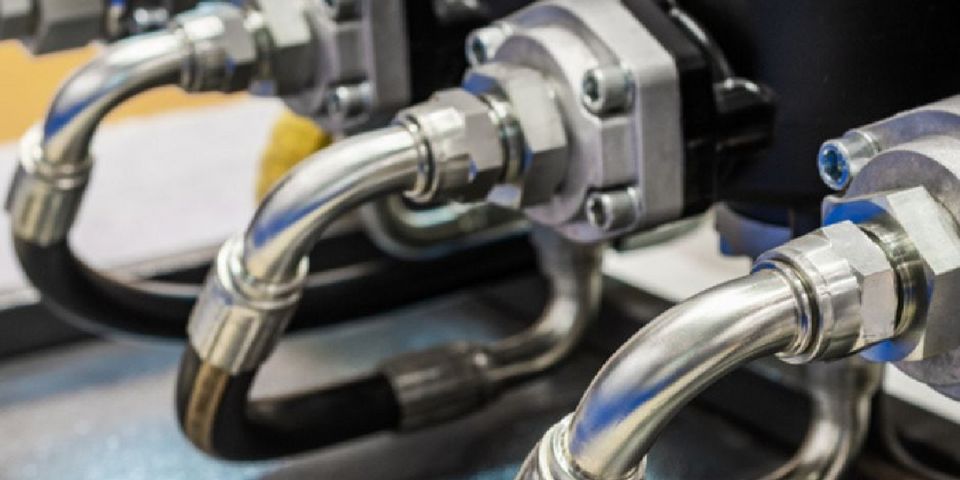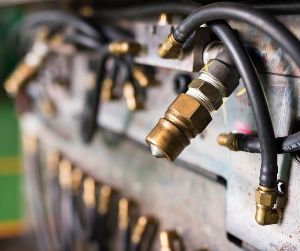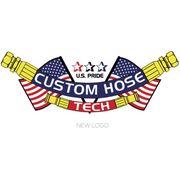
If you find yourself looking for the perfect hydraulic hose fitting but are not sure which one to choose, it can be helpful to follow a guide. By following a simple step-by-step process, you can identify the right hydraulic fitting for your application quickly and easily. Here is how to do it.
How to Choose the Right Hydraulic Hose Fitting
1. Determine Hose Type and Size
Look for the markings on the existing hose or refer to the manufacturer's specifications to find out the hose diameter, length, and type. This information will help you select a fitting that is compatible with your hose. Common measurements to look for include barb size, thread type and pitch, and pressure rating.
2. Choose the Appropriate End Connection
The end connection refers to the way the fitting connects to the hose or the application. There are a variety of end connections available, including JIC, NPT, BSP, and SAE.
Look for the markings on the existing fitting. It's crucial to select the right one as it affects the overall performance and safety of your hydraulic system. For example, a JIC connection is designed for high-pressure applications, while an NPT connection is suitable for lower pressure systems.
3. Determine the Fitting Style

There are several styles, such as straight, elbow, tee, and cross fittings. The style you choose depends on the accessibility of the fittings on your system, the space available, and the angle of the hose connection needed.
Be sure to pick a fitting that complements the requirements of your hydraulic system. For example, if you need a 90-degree angle connection, then an elbow fitting would be the best option.
4. Check the Material
The material affects the strength, durability, and compatibility of the fitting with the system. Some common materials include brass, stainless steel, aluminum, and carbon steel.
Consider the conditions in which your system will operate and choose a fitting that can withstand those conditions. For example, if your system will be exposed to extreme temperatures or corrosion, then a stainless steel fitting would be ideal.
5. Verify the Pressure Rating
It's essential to choose a fitting that can withstand the maximum pressure of your hydraulic system. The pressure rating is usually marked on the fitting or available in the product specifications.
Pressure is rated by pound per square inch (PSI). Be sure to select a fitting that is rated for the same or higher pressure than your system.
When you need a hydraulic hose fitting, look no further than Custom Hose Tech, Inc in Rochester, MN for the best quality products. This veteran-owned company offers a wide selection of replacement parts, and their friendly team can work with you to help you get exactly what you need. Visit the website for a full list of services, or call (507) 888-0383 for a quote.
About the Business
(3 reviews)
Have a question? Ask the experts!
Send your question

